Living shorelines provide many benefits, including but not limited to shoreline stabilization and protection, wildlife habitat, and stormwater filtration. They are even a carbon sink – meaning they remove carbon dioxide from the air. Oyster structures and wetland grasses hold sand and soil in place to prevent erosion and attenuate wave energy, making them more resilient to large storms than hard structures such as bulkheads and rip rap. Many species live in wetland habitats including fish, waterfowl, periwinkles, oysters, and more. Wetland grasses also catch and slow down stormwater runoff, trapping sediments, nitrogen, and phosphorus before they enter the river.
Shoreline buffers work similarly to living shorelines, but higher up on the bank. Buffers usually contain more variety and larger plants such as trees and shrubs. These larger plants drink up even more water and nutrients than marsh grasses, filtering runoff before it enters the river. Typically, sites would include both a living shoreline with a buffer behind it to maximize stormwater pollution reduction benefits.
Scale for shoreline projects varies from less than 50 linear feet to hundreds, making them suitable for any waterfront site, regardless of its use. Designs can be scaled up or down (site-allowing) to accommodate budgetary limitations and can be completed in phases.
ERP can install!
Seaboard Marine
Carolina Marine Systems
Green Alternatives
Shorelines: Roughly $12/sq.ft.
Buffers: Roughly $3/sq.ft.
For DIY buffer installations, see native plant providers from rain garden green system page.
In Norfolk: 50% of total project costs up to $10,000. In Chesapeake: 50% of total project costs up to $5,000. ERP does not offer cost share in Virginia Beach, although residents of Chesapeake, Virginia Beach, or any city that has a Soil and Water Conservation District are eligible for a cost share of 80% of total cost up to $30,000 through the Virginia Conservation Assistance Program.
Living shorelines require a permit from the municipality, the Virginia Marine Resource Commission, and the US Army Corp of Engineers. In most cases the design or installation contractor will manage the permit process.

Explore more of the Ryan Lab’s Green Systems and take the first step towards a greener future!

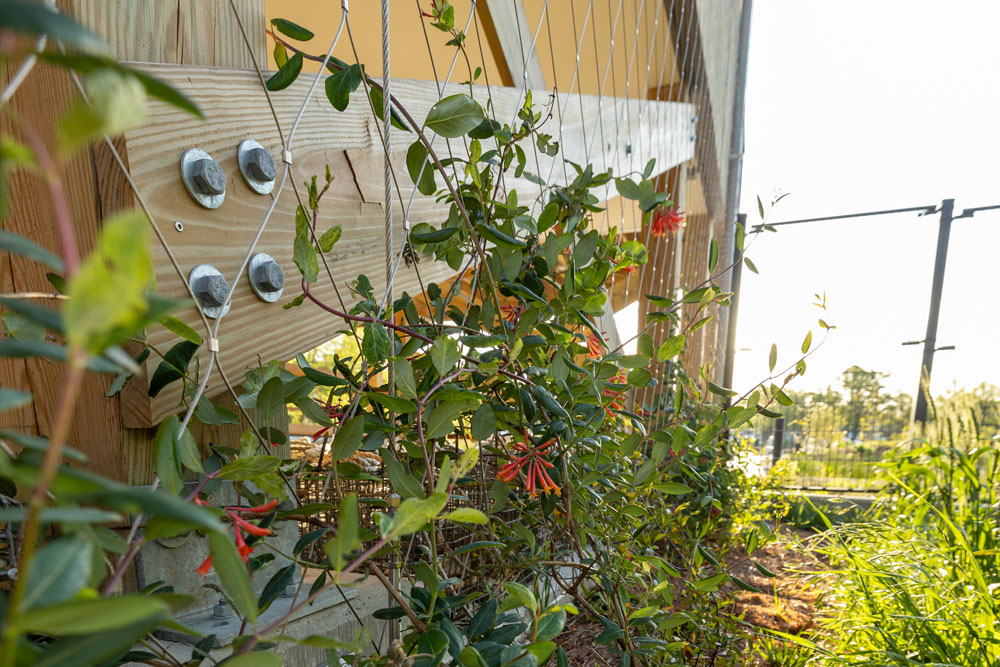

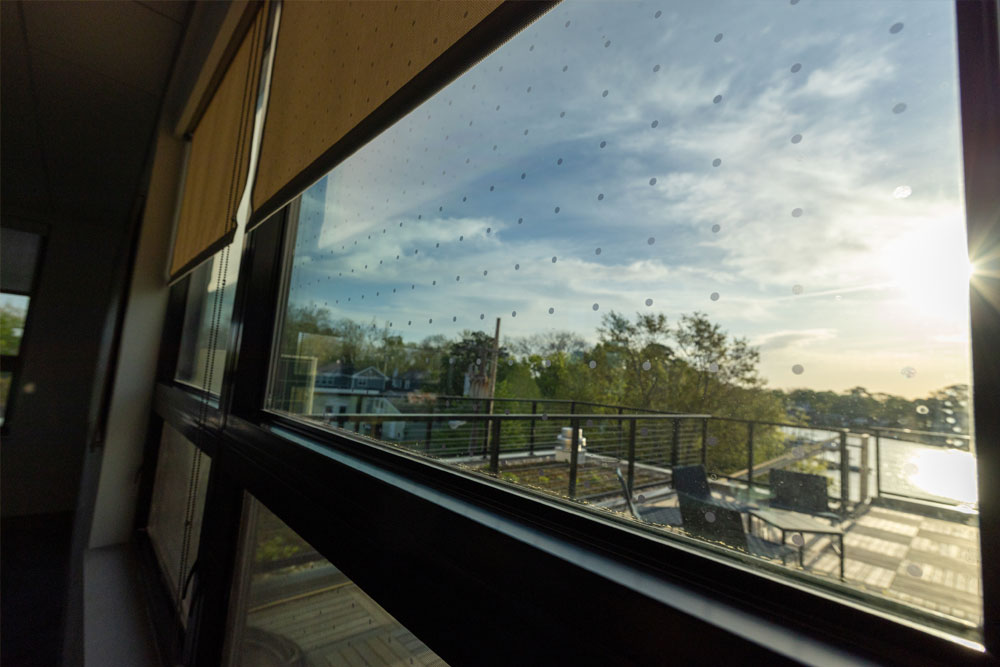

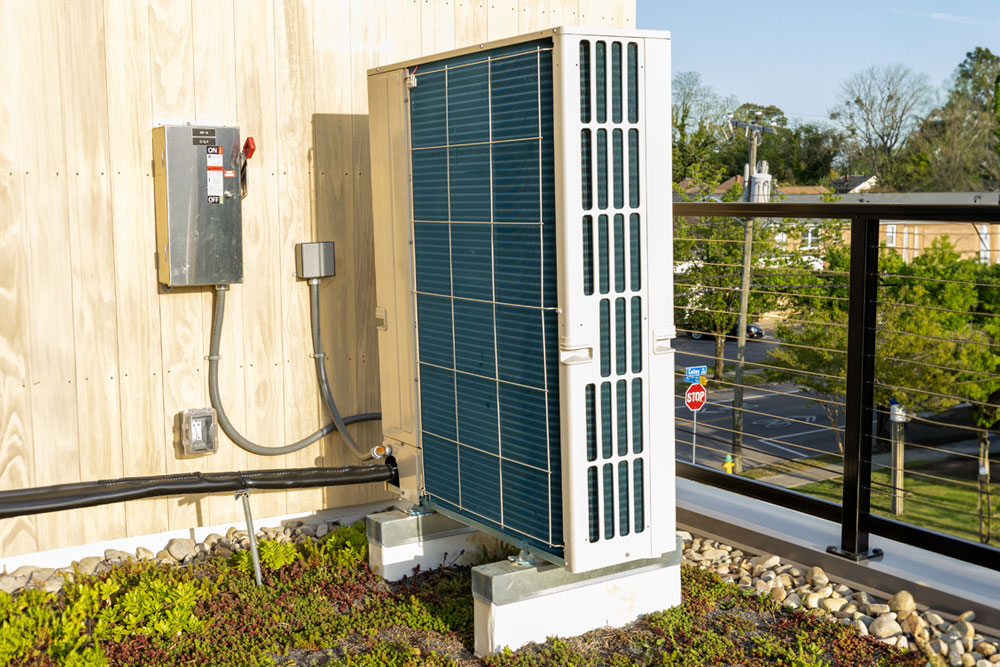
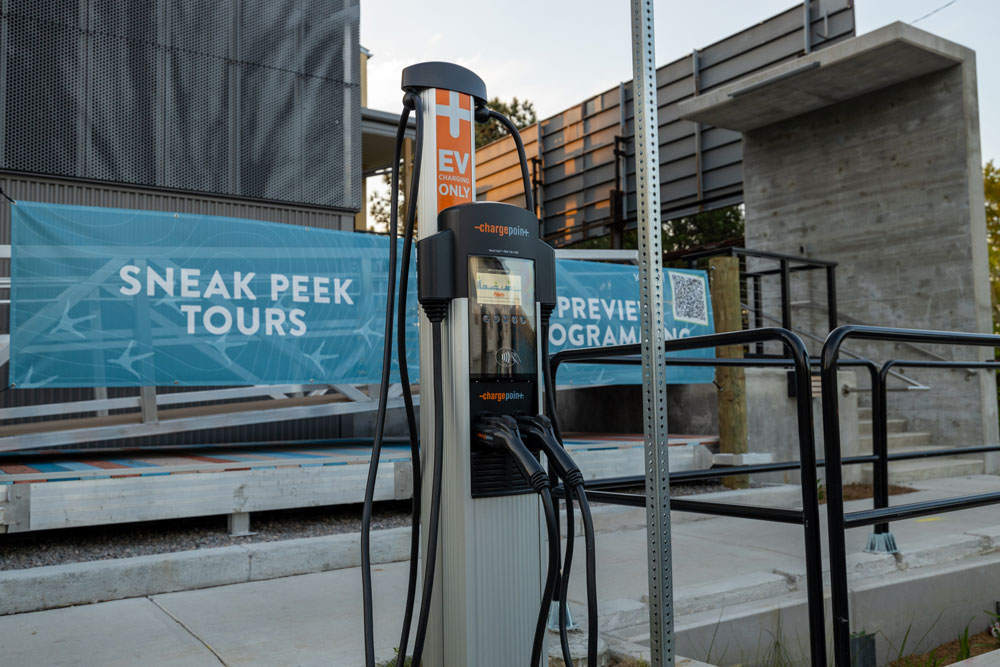
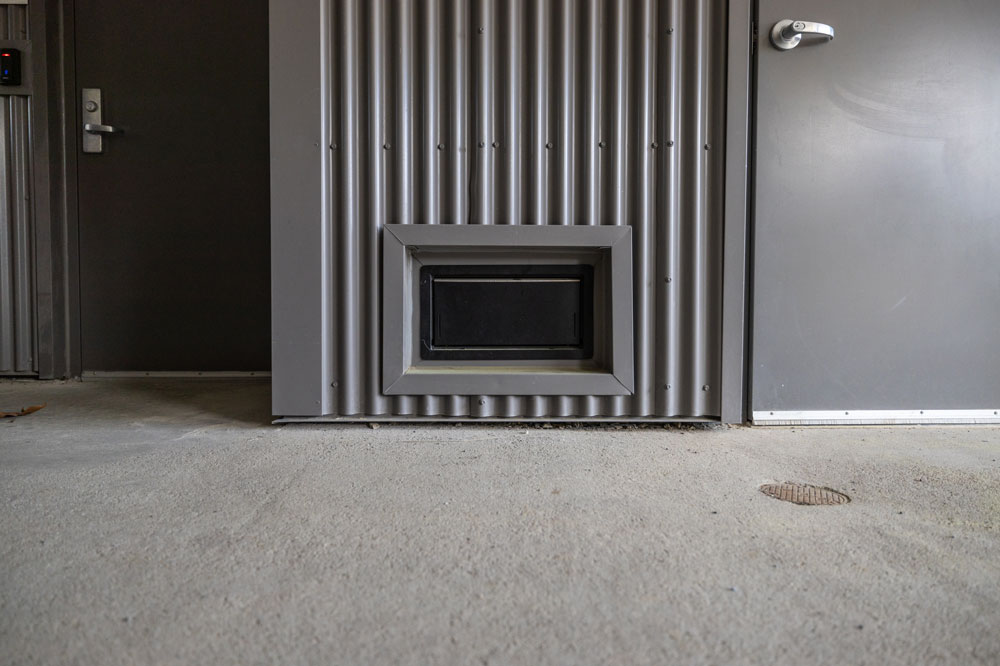
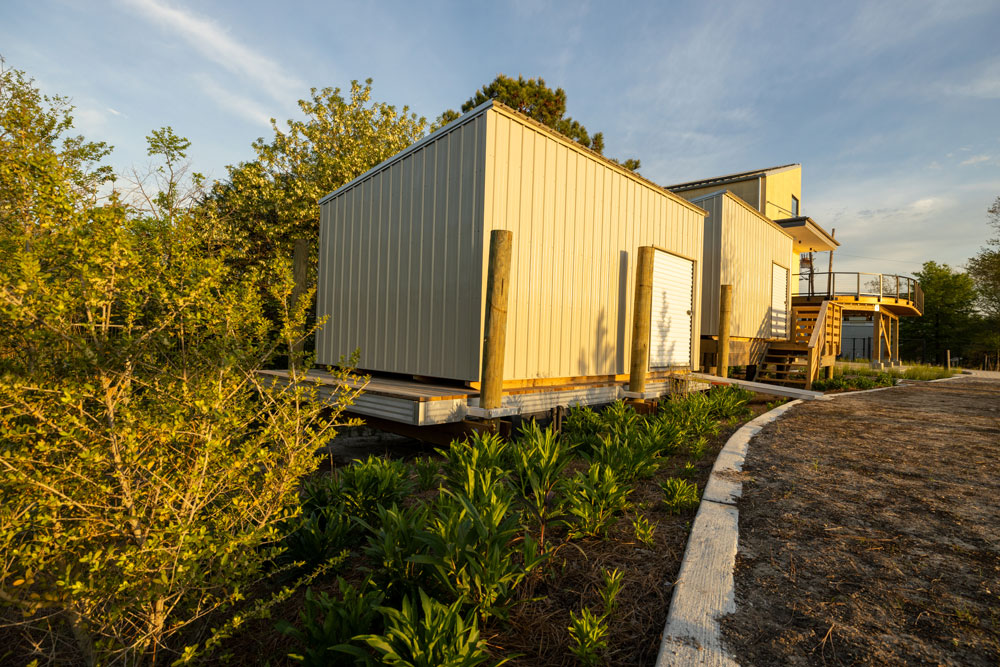
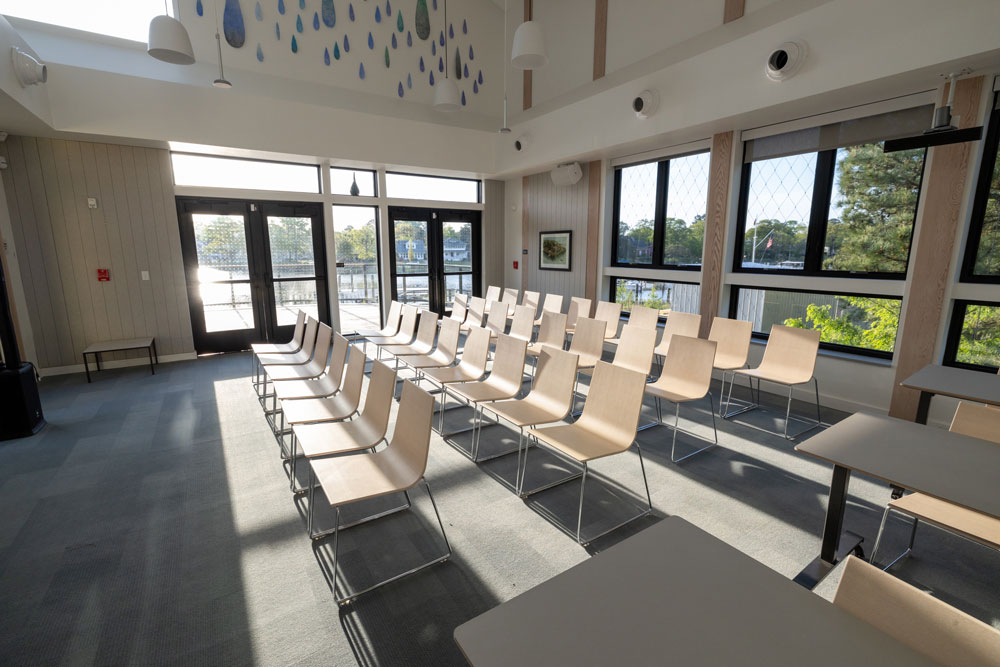




Notifications